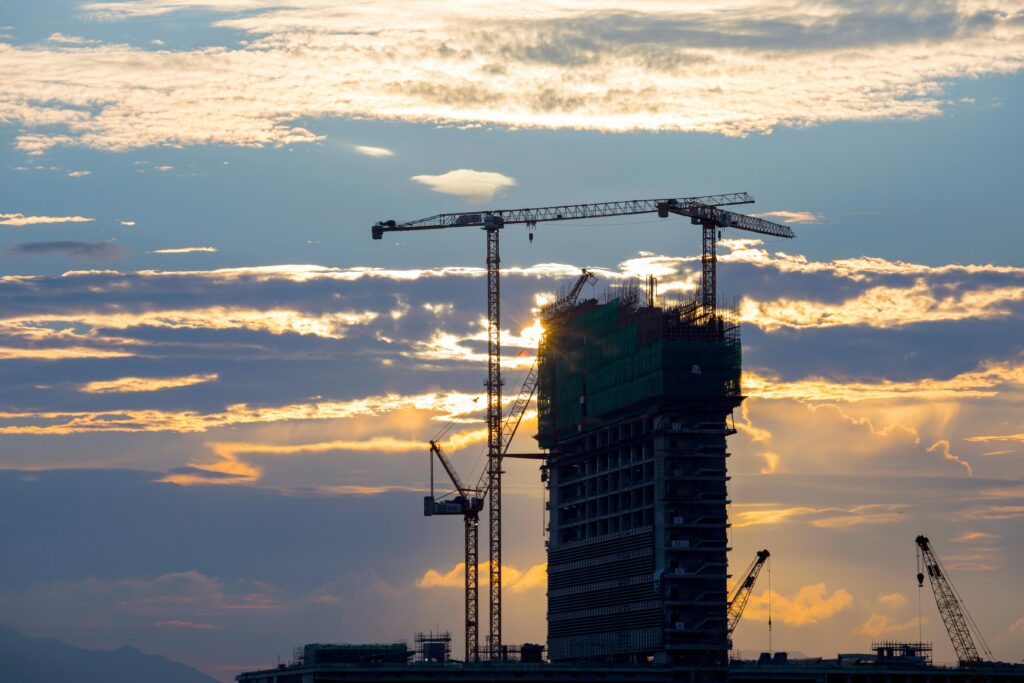|
A significant number of construction companies went bust in 2025, due to a whirlwind of economic factors and industry changes. In this article, we cover four of the biggest construction collapses in 2025.
The year 2025 proved challenging for the UK construction industry, with numerous firms collapsing under financial strain. Industry conditions leading into 2025 were already precarious – high inflation, soaring material and labour costs, and rising interest rates squeezed contractors’ thin margins.
Fixed-price contracts left many builders unable to pass on cost increases, while supply chain disruptions and late payments created cash flow crises. The result was a surge of insolvencies, hitting companies of all sizes, from major national contractors to small family-run firms.
In this article, we break down four construction companies that went bust in 2025, and analyse the reasons behind it.
Table of Contents
Economic context
Demand for construction softened in the latter part of 2024 and early 2025, with new orders down and project starts delayed. High lending rates (Bank of England base rate ~5% in 2025) led developers to put the brakes on with plans. In the meantime, input prices were high: wages were up, and although material price inflation eased from its mid-2022 peak, the majority of contractors were locked in by agreements reached when prices were lower.
Those most at risk were construction SMEs. Business advisors cited overtrading (too high a volume with low profit margins) and customary late payments as common denominators in the majority of failures. In spite of some government stimulus in infrastructure and housing, combined construction output was flat entering 2025. Facing lean profits and cash flow requirements, too many businesses failed to endure the combination of increased costs, project delays, and onerous regulatory changes.
Why construction firms struggled in 2025
Multiple factors created a “perfect storm” for insolvency in construction:
Skyrocketing costs
Building materials and fuel saw double-digit inflation in 2022–2023, which only partially eased by 2025. Labour costs also jumped. Contractors working on fixed-price contracts were often locked into delivering projects for pre-inflation prices, forcing them to absorb the cost increases and eroding profit margins.
Late payments and cashflow crunch
Construction has a notorious payment culture. Clients often delay payments, and larger contractors may stretch payments to subcontractors. By 2025, many contractors had cash tied up in unpaid invoices for months, leading to acute cashflow problems. Some firms tried to plug gaps with short-term borrowing, but rising interest rates made credit expensive. (The impact of late payments on SMEs is covered in our article on how unpaid invoices affect SMEs.) Ultimately, cash flow is king in construction – and when it dried up, businesses quickly became insolvent.
Project delays and reduced demand
Economic uncertainty and policy shifts caused many projects to be delayed or cancelled. Contractors found new orders hard to come by. Housebuilding was especially weak through early 2025 due to high mortgage rates. With fewer new contracts and ongoing jobs slowing, firms had less incoming revenue to cover fixed overheads, pushing some into distress.
Regulatory and liability shocks
New regulations also played a role. Notably, the Building Safety Act 2022 extended builders’ liability for historical defects from 12 years to 30 years. This change had dramatic consequences for firms involved in cladding and fire safety remediation. As we’ll see with Ardmore Construction below, suddenly facing decades of potential claims forced some companies into insolvency to escape ruinous liabilities. More broadly, increased regulatory compliance costs added burden to firms already under strain.
Supply chain failures and overtrading
In a domino effect, the failure of one contractor can spell trouble for others. Several companies cited subcontractor failures on key jobs that left them with incomplete work and extra costs to find replacements. Some firms also expanded too aggressively during the post-Covid boom, only to find themselves overextended when the market cooled and costs rose.
If you’re a developer impacted by a contractor going under mid-project, see our guide on what to do when a contractor pulls out mid-project.
The biggest construction companies to go bust in 2025
Some of the most high-profile construction firms that went bust in 2025 include:
1. Ardmore Construction Ltd – cladding liabilities prove fatal
Ardmore Construction was a major London-based contractor founded in 1974, known for high-end apartment blocks and large mixed-use schemes.
Collapse
Ardmore Construction filed for administration in August 2025 after nearly 50 years in business. The immediate trigger was the mounting cost of historical fire safety claims. Changes in the law post-Grenfell meant Ardmore faced huge liabilities for cladding and construction defects on projects completed up to 30 years ago. Major housebuilders were pursuing Ardmore for remediation costs – claims totalled over £100 million on multiple schemes.
Ardmore had already spent around £80m of its own funds fixing unsafe cladding on past buildings, which devastated its balance sheet. In 2023, the firm recorded a £14m operating loss on £313m turnover, after seven straight years of profit. Company directors said “supply chain inflation” and “some poor management” contributed to the loss, but the extended liability period under the Building Safety Act was the final blow.
Aftermath
By placing Ardmore Construction Ltd into administration, the Ardmore Group aimed to “draw a line under” these legacy fire safety costs. The collapse sent shockwaves through the industry and left many projects in limbo and subcontractors unpaid. The case highlights how regulatory changes can suddenly tip a big firm into insolvency.
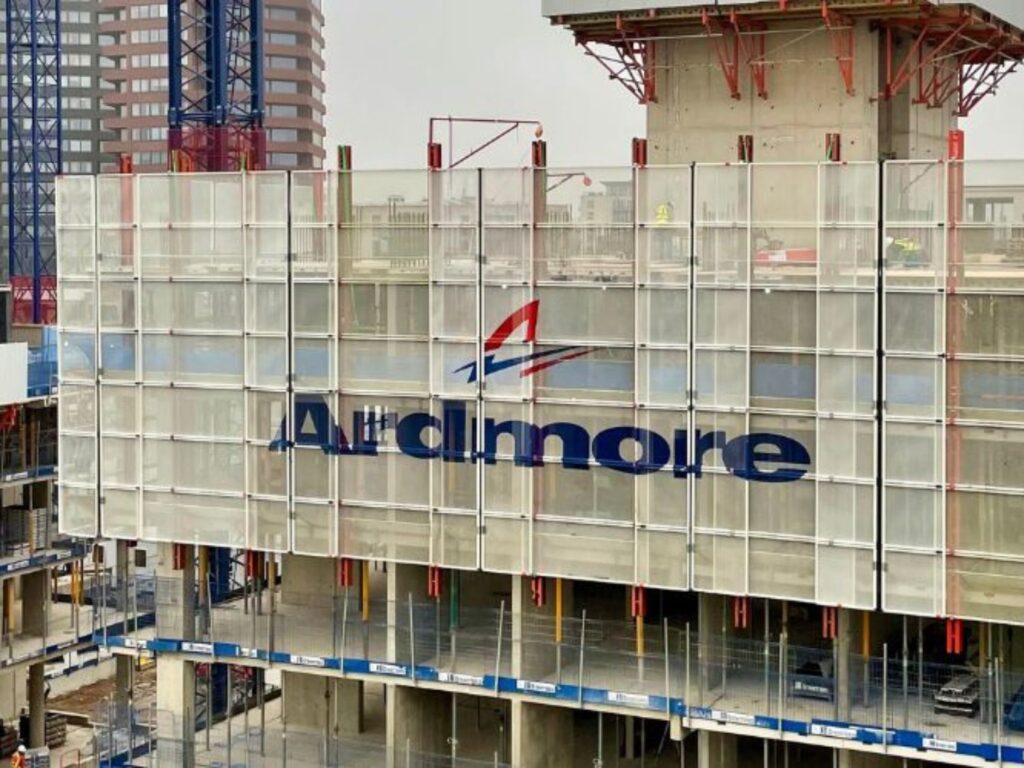
2. Breyer Group – housing maintenance firm falls into administration
Breyer Group was a family-run construction and refurbishment business founded in 1956. Based in Essex, Breyer specialised in social housing maintenance, roofing, and repairs.
Collapse
Breyer Group went into administration on 1 April 2025 after running into serious cashflow problems. Subcontractors had filed multiple winding-up petitions against Breyer due to unpaid bills. Essentially, Breyer was unable to pay many of its suppliers for completed work. The company blamed “certain loss-making contracts” for its difficulties. Its bank, Lloyds, pulled support and appointed RSM UK as administrators.
Aftermath
Welsh firm Cardo Group stepped in to acquire Breyer’s roofing division from the administrator. This deal saved around 100 jobs and allowed Breyer’s largest contract – a borough-wide housing repairs service for Kingston upon Thames – to continue uninterrupted under Cardo’s management. However, the remainder of Breyer Group’s operations were wound down. The Breyer case shows how mid-sized contractors can quickly unravel when cash flow dries up due to unpaid invoices and loss-making projects.
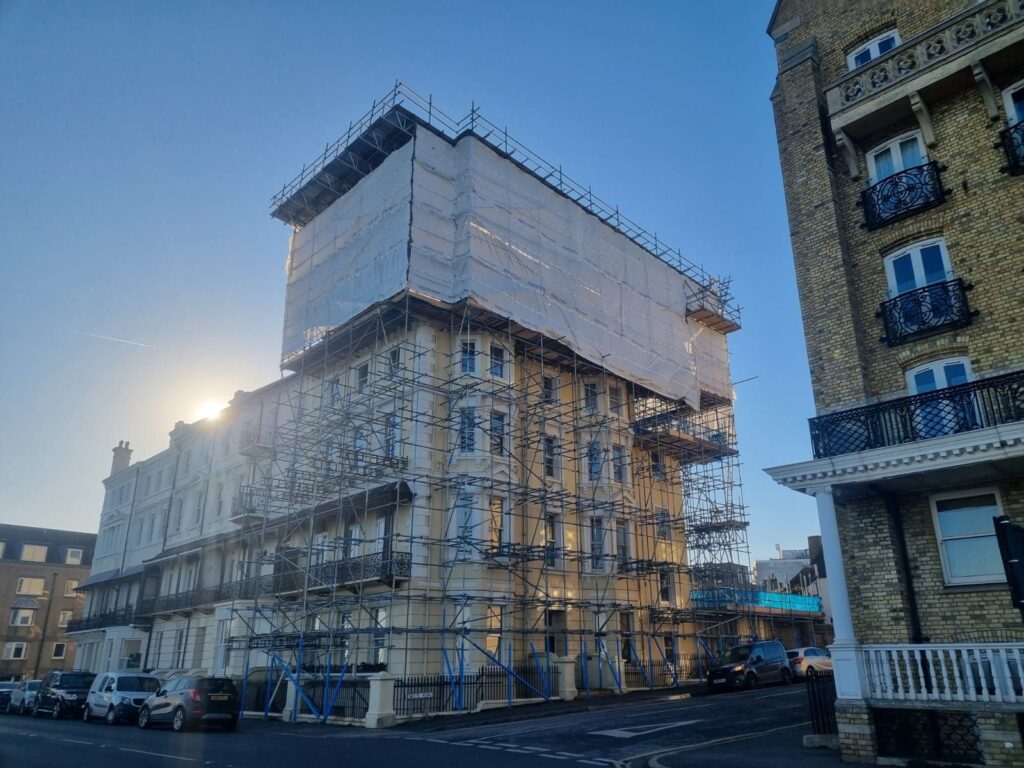
3. J S Wright & Co – historic M&E contractor succumbs to cashflow woes
J S Wright was one of the UK’s oldest building services firms, established in 1890. It was a mechanical & electrical specialist installing heating, plumbing, ventilation and electrical systems in large developments.
Collapse
After 133 years of trading, J S Wright collapsed into administration in February 2025, owing creditors approximately £19 million. The firm had been struggling with cost inflation and payment delays on its contracts for some time. According to the administrators’ report, J S Wright was hit by reduced payments on jobs – clients and main contractors were slow or short in paying, including withheld retentions – which choked the company’s cashflow.
Profit margins also shrank significantly due to rising costs; the company’s cash reserves dwindled from £9.9 million in 2021 to £850,000 by late 2023 after previously being in the multi-millions. Efforts were made to rescue the firm: in 2024, the directors and former owners injected £1.3 million of emergency funding and the bank gave repayment holidays. However, these measures only provided temporary relief.
Aftermath
By early 2025, J S Wright could no longer meet its obligations, and the company ceased trading, resulting in over 150 job losses. The administration report indicated trade creditors would likely receive nothing back. J S Wright’s collapse underscores how even a well-established specialist can be brought down by cumulative cashflow pressures.
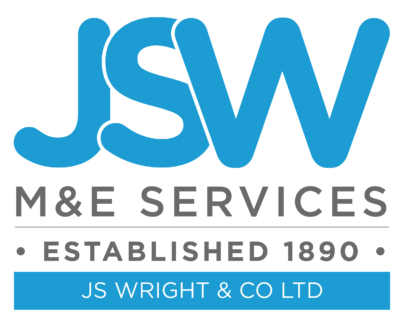
4. Marbank Construction – lawsuits sink an industrial specialist
Marbank Construction was a specialist contractor focusing on industrial warehouses and shed developments. Based in Surrey and founded in 1994, Marbank prided itself on having delivered over 300 industrial units.
Collapse
Marbank Construction filed a notice to appoint administrators in March 2025, after a sudden reversal in its fortunes. The firm had made a net profit of £3.8m in its 2024 financial year, but in the period from August 2024 to March 2025, it racked up a net loss of £12.6m on £21m turnover. This dramatic swing into the red was largely due to legal disputes and defect claims.
According to FRP Advisory, Marbank lost a series of court cases brought by subcontractors in early 2025 and had to pay out significant sums. In February 2025, it lost the first of over 20 adjudication cases from an unpaid subcontractor – these claims were “costly and difficult to defend” and quickly snowballed. On top of that, Marbank was hit with a “significant claim” alleging building defects on one of its completed projects. The combination of legal payouts, judgment debts, and potential liability for defects destroyed Marbank’s balance sheet.
Aftermath
When it entered administration, Marbank owed nearly £10 million to its supply chain, and it was expected that unsecured creditors would receive £0 back. The Marbank collapse is a stark lesson in the dangers of litigation and claims.
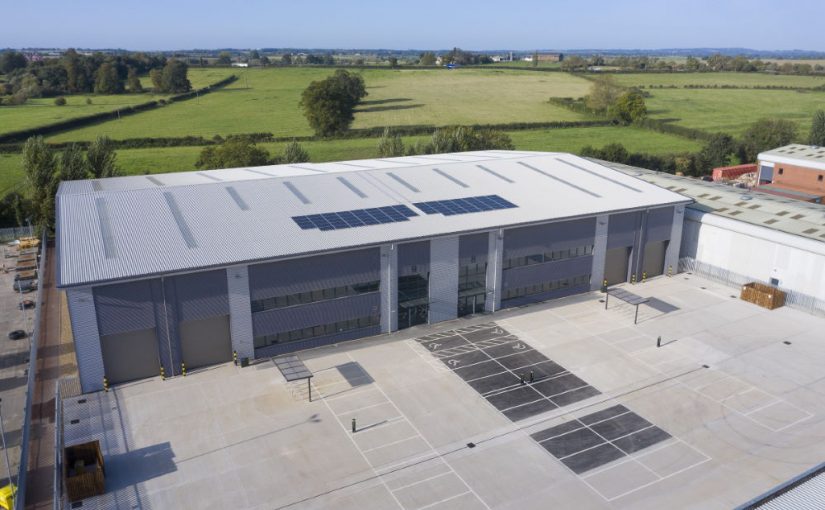
A perfect storm for construction in 2025
In summary, 2025 saw a wave of construction company failures in the UK, driven by a convergence of economic pressures, operational missteps, and some unique industry challenges. From major contractors like Ardmore to specialists like J S Wright and Marbank, the collapses spanned the breadth of the sector.
For construction company owners, these case studies underscore the importance of financial resilience and risk management. It’s also wise to have a backup plan (such as bridging finance or cashflow loans) if a project stalls or a client defaults. Construction loans are also an effective way to mediate difficult financial situations in construction projects, and if you are using the loans for property, then home construction loans might be a good option for you.
Despite the grim headlines of 2025, the construction industry as a whole is adapting. By learning from the stories of those who went bust, today’s construction business owners can hopefully avoid the same fate and build more resilient companies for the future.
